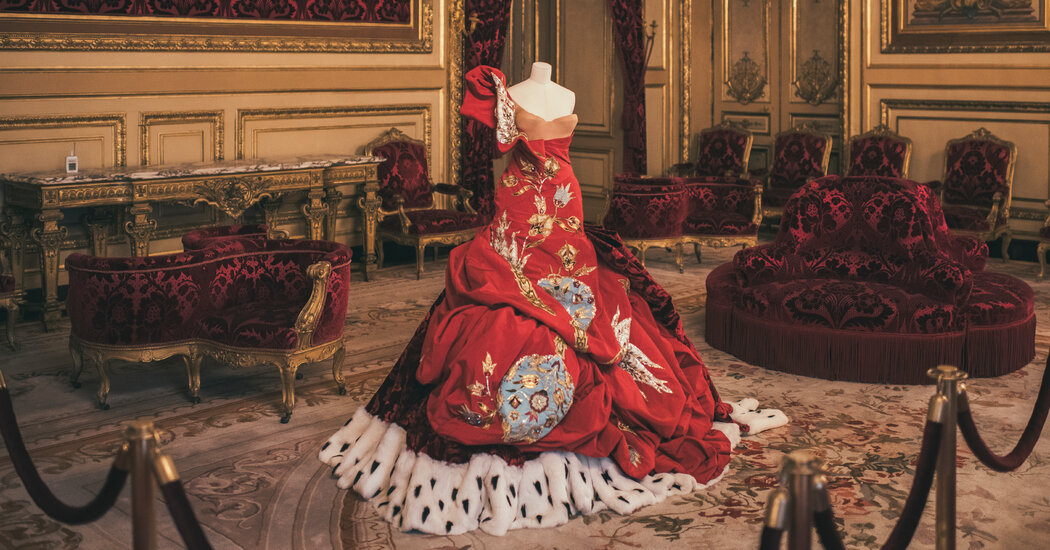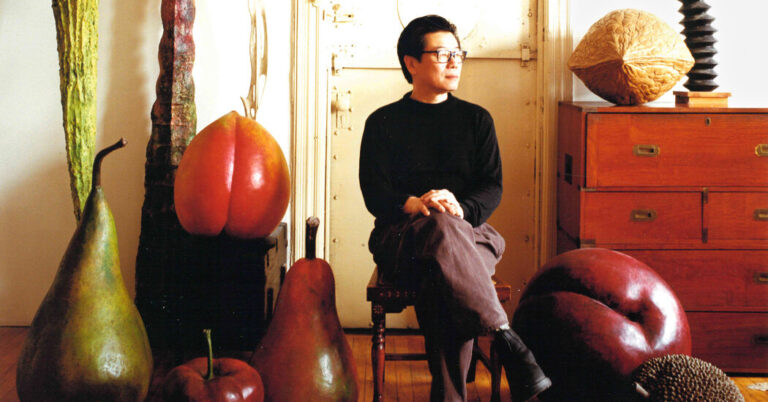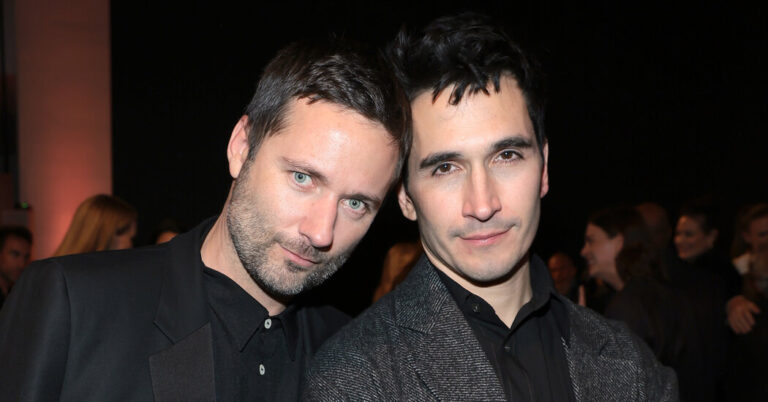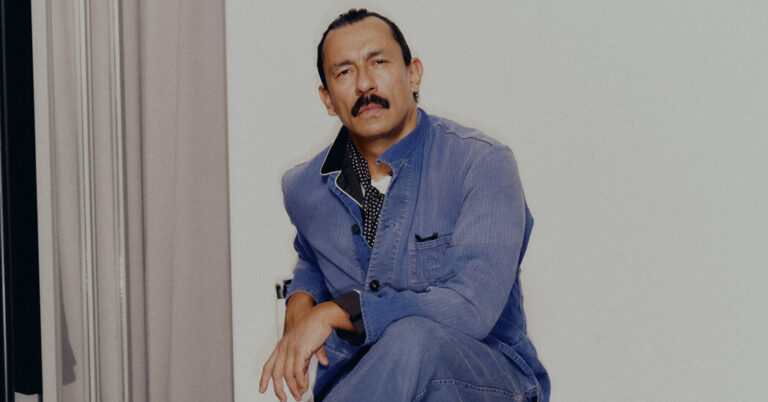Here is the text only:
Sixteenth-century ornamental timepieces frame a crystal-studded metal bodysuit by Thierry Mugler. Gilded silver reliquaries with sculpted hands stand next to a pair of Hermès gloves. A ceramic hand warmer from Faenza, Italy, that looks like a book is twinned with a Chanel clutch that looks like a book.
This is “Louvre Couture,” the first fashion exhibition at the famed Paris museum in its 231-year history.
The last time haute couture caused so much excitement at the Louvre was in 1957, when, in the film “Funny Face,” Audrey Hepburn posed in front of the Winged Victory of Samothrace in a strapless red Givenchy gown and rushed down the Daru staircase, lifting a matching chiffon scarf over her head.
Forty-five fashion houses and designers — from Cristóbal Balenciaga to Iris van Herpen — have lent the museum 100 ensembles and accessories, dating from 1960 to 2025. They are arrayed not among the Louvre’s famous paintings and marble sculptures but throughout the nearly 100,000 square feet of its decorative arts department.
The department, whose unwieldy collection ranges from the Middle Ages to the early 19th century, is crammed with thousands of objects: medieval armor, Renaissance tapestries, carved ivories, bronzes, ceramics, imperial silverware and furniture.
“it is not easy to enter our museum, especially our collection,” said Olivier Gabet, the director of the decorative arts department. “our objective is to make more people, different people, younger people, happy, free and relaxed when they come here. we say to them: ‘ok, you love fashion. fashion is a bridge to us.’”
With this exhibition, which opens on Jan. 24, the Louvre joins the ranks of institutions that have discovered how to use the popular culture of dress as a gateway into the world of art. And, more than ever, fashion is seducing French museums and artistic spaces.
Two weeks before the Louvre opened its exhibition on Jan. 24, Dolce & Gabbana opened a fashion spectacle of its own: “From the Heart to the Hands,” in the newly renovated Grand Palais. First opening in Milan last spring, the traveling costume retrospective features more than 200 creations of the house within immersive video installations and elaborate sets.
But this is not a museum exhibition. “this is an experience that is primarily joyful,” said Florence Müller, the creative director of the exhibition. “it is secondarily intellectual. it is not meant to be in a museum.”
Next month, the Musée du Quai Branly, a collection of African, Oceanic, American and Asian works, will open “Golden Thread,” an exhibition focusing on the art of using gold to adorn clothing and jewelry. In May, the Petit Palais, which belongs to the city of Paris, will mount “Worth: The Birth of Haute Couture,” a retrospective on the life and work of the British designer Charles Frederick Worth (1825-1895).
Museums and fashion have been dancing with each other for decades. now there’s a real rapprochement. it is not always a successful pairing, but if it triggers an interest from the public — if it can see the art differently — it’s a great way to use the power of fashion.
The defining example of this approach is, of course, the Metropolitan Museum of Art in New York, where the Costume Institute’s blockbuster shows are among the museum’s most visited every year.
Source link




